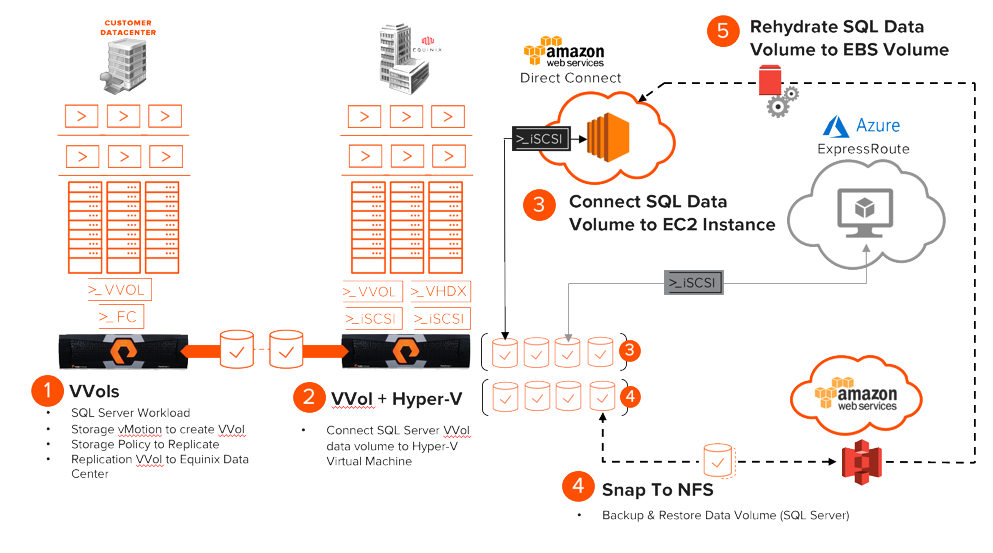In my last post, I walked through configuring ActiveCluster and your VMware environment to prepare for use in Site Recovery Manager.
Site Recovery Manager and ActiveCluster Part I: Pre-SRM Configuration
In this post, I will walk through configuring Site Recovery Manager itself. There are a few pre-requisites at this point:
- Everything that was done in part 1.
- Site Recovery Manager installed and paired
- Inventory mappings in SRM are complete (network, folders, clusters, resource pools etc).
- Downloaded and installed the FlashArray SRA 3.x or later on both SRM servers.
Continue reading “Site Recovery Manager and ActiveCluster Part II: Configuring SRM”


